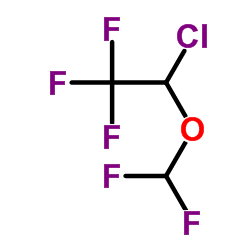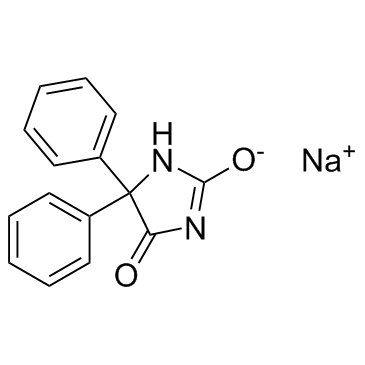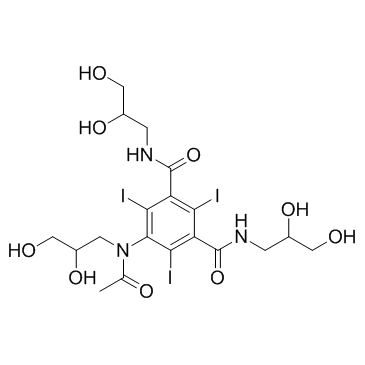| Structure | Name/CAS No. | Articles |
|---|---|---|
 |
Hydrochloric acid
CAS:7647-01-0 |
|
 |
Isoflurane
CAS:26675-46-7 |
|
 |
Phenytoin sodium
CAS:630-93-3 |
|
 |
Iohexol
CAS:66108-95-0 |